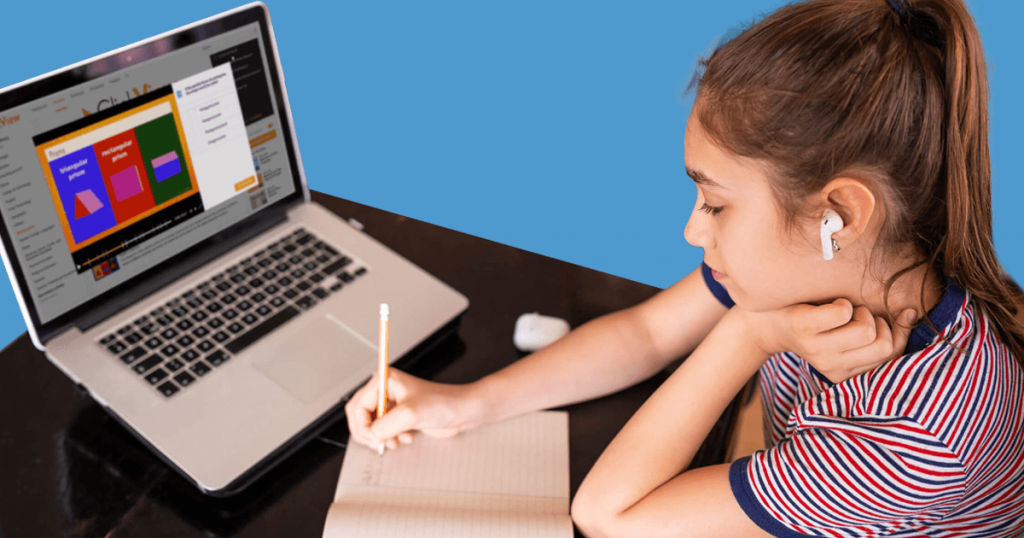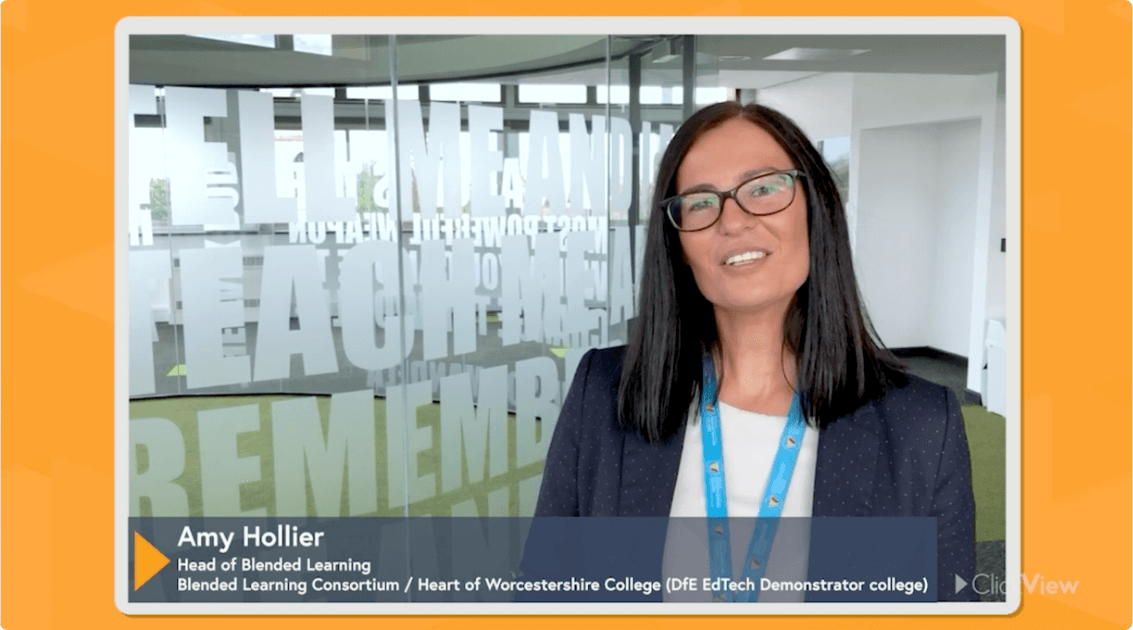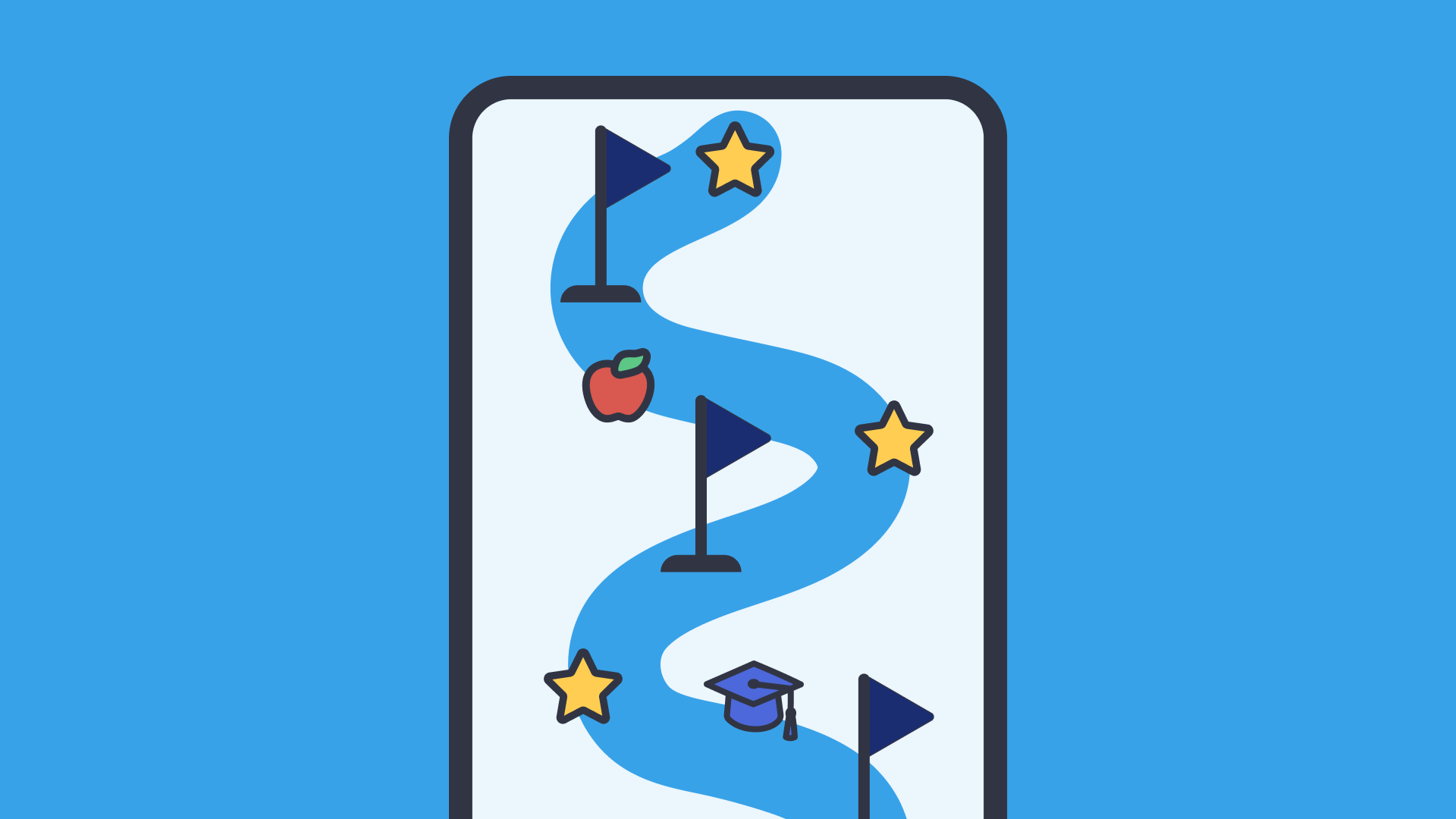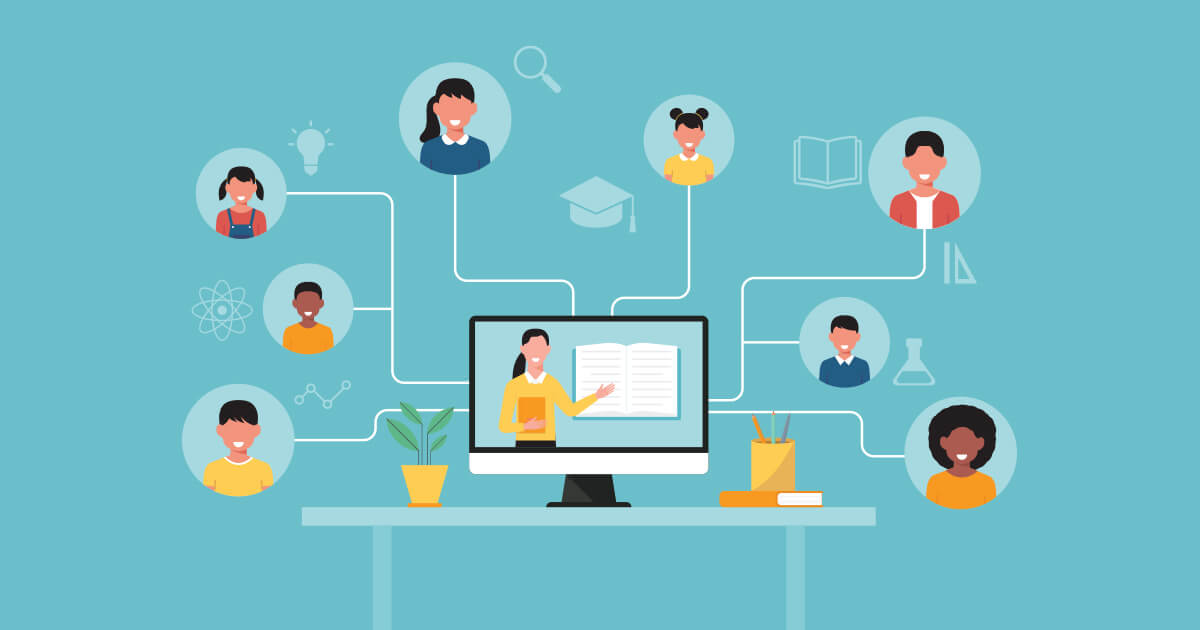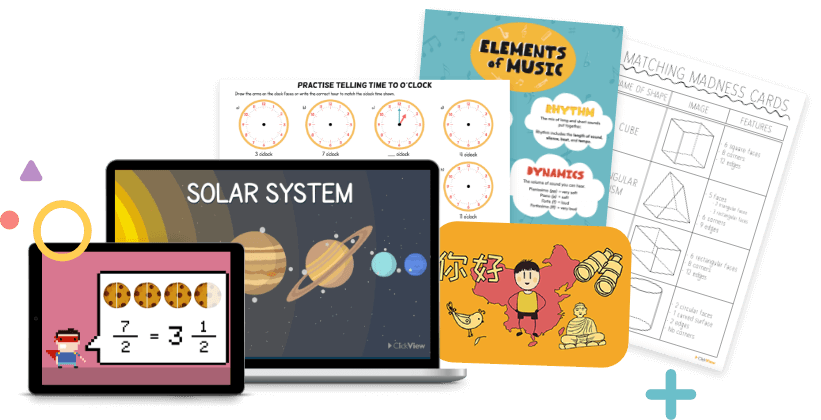Embracing the opportunity of blended learning
This time last year educators across the country were as busy as ever with the start of a new academic year. Little did they know the academic year of 2019/20 would see the most significant seismic shift to teaching and learning that any of us have experienced.
The rapid switch to remote teaching meant educators had to rip up their best laid plans and within days move their practice to an online environment. The sheer resilience demonstrated by the education sector is one to be applauded and which we will all look back on in years to come and wonder how we ever navigated our way through the ‘Academic Year of 2019/20’!
We now know this has been a paradigm shift in teaching and learning, and Bob Harrison – as one of the pioneers of education technology – has stated many times during this pandemic, the genie is out of the bottle, let’s make sure it doesn’t go back in. The digital skills that both staff and students have developed over this time has been the most valuable CPD we could have ever wished for. Many learners have developed digital employability skills that would never have been addressed previously: they are now more confident in video conferencing and some have had experience of online interviews, all of which will form part of the new world of work we find ourselves in. These new skills must be nurtured and developed further.
Having now moved from the knee-jerk initial response phase into a second phase that should involve creating a robust, sustainable blended learning model that is well sequenced with face-to-face delivery and online activity appropriately aligned and easily flexed between the two modalities.
High quality blended learning should offer the following:
- The opportunity for learners to demonstrate and apply learning
- The opportunity for learners to collaborate together online through meaningful activities
- Regular feedback – crucial to maintain engagement and to gauge learner progression
- Opportunity for regular knowledge checks – online activities should be interactive rather than passive
- High quality learning resources that are current, relevant, aligned to the curriculum and well produced
- A range of multimedia formats
- Key aspects of face-to-face teaching should be reflected online in both synchronous and asynchronous formats – include introduction, outline objectives of the session, regular knowledge checks, feedback and a plenary
- Face to face time should be used to unpick what additional support learners require and scaffold online learning episodes accordingly
- A space online for informal communities for peer support
- Must be accessible for all
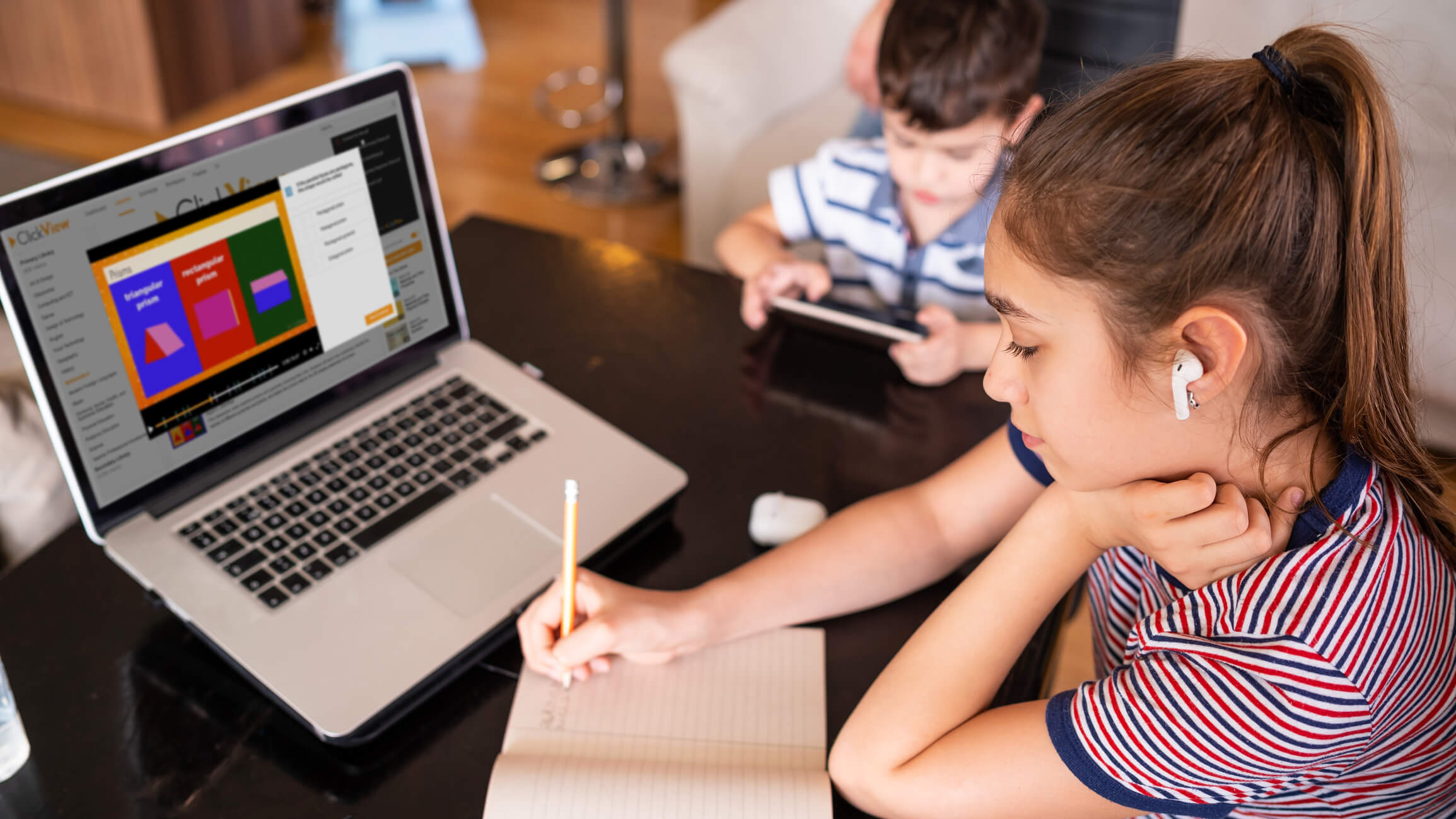
High Quality Resources
Ensure that asynchronous tasks are supported by high quality resources – remember you don’t have the teacher input and motivation to engage learners here, so it is imperative that resources are engaging, interactive, relevant and well produced. Consider using learning resources that have built-in assessment – this will significantly reduce marking time and offer regular opportunity for temperature checks of learning.
The Power of Video
Todays generation of young adults naturally turn to video if they wish to learn something. They watch highly polished, well-produced online material on a daily basis through Instagram stories, YouTube and TikTok. Indeed, many learners themselves can produce and edit a video that one would initially think was a professional production, therefore it is imperative that learner expectations of high-quality resources are not only met but exceeded.
In the recent 2020 JISC Digital Insights Survey of FE learners, learners were asked what they find most useful online:
- 25% said practice questions online
- 25% said interactive polls and quizzes
- 25% said course related video
Platforms such as ClickView provide educators with the opportunity to incorporate all of these aspects into their educational videos. By identifying and adapting to learners preferred modality, teaching and learning will naturally be more engaging, dynamic and personalised.
If we embrace the opportunity to harness the power of blended learning we can better support learners on a trajectory of 21st century skill development through improved digital literacy skills, enhanced independent learning, problem solving capabilities, cloud based computing and digital employability skills.
